No, he didn’t have a narrow gap argon arc welding robot or the latest from Lincoln Electric. Yet, the Greek sculptor named Glaucus of Chios nevertheless found a unique way to fuse metals in the fifth century, becoming the man who “single-handedly invented iron welding.”
We’ve been honing and expanding those techniques ever since, transforming the art into one of the most valuable and versatile skills in modern history. In fact, a majority of products manufactured in the United States today require welding to produce. And even beyond manufacturing, nearly every industry across the globe uses welders in some way, relying on these skilled craftsmen to keep our infrastructure and systems operating properly.
The truth is nearly every industry – from metal fabrication and automobiles to construction and transportation – relies on metal (and laborers who can fuse that metal effectively). It’s no wonder welding is in such a high demand: The American Welding Society estimates 375,000 welders will be needed to fill open positions by 2026 in this country.
If you’re considering a career in welding, this transferable skill set can be applied in a number of industries, locations and job types—giving you the freedom to find a career that’s the perfect fit for you.
Aerospace and automotive
Staples of the American economy, these industries continue to need skilled welders. The history of welding in aerospace dates back to the first commercial aircraft, which only was possible because of welding’s contributions. Aerospace welders often have the opportunity to use many of the available automated systems, like laser welding, friction stir welding and electron beam welding. And the welding materials can also be diverse, including aluminum, titanium (found in airframes and engine parts), nickel alloys, and chrome molybdenum steel, a low allow steel often found throughout the industry.
Our automotive industry is also evolving, but welding still plays an integral part in the manufacturing process. Laser welding is huge here as well, especially in the processing of sheet metal, with the technique now common in the production of body and door frames, trunks, electronic housings, and more. Yet, even with welding robots so prevalent, skilled welders are still needed to oversee this automation, and the industry continues to rely on welders with MIG and arc welding experience.
Manufacturing
Manufacturing welding jobs are available across the country and in a variety of roles. Production of everything from computer components to mining equipment requires skilled welders. The speed of MIG welding makes it a valuable skill to have, especially because the manufacturing industry uses so many different types of metals. The speed of this type also makes it perfect for many manufacturing facilities that deal in high output. In fact, more than 60% of welding jobs fall into the manufacturing sector.
Green energy
Welders were not only instrumental in creating the coal plants and oil pipelines that have supplied so much of our energy over the last century, they’re also responsible for creating the infrastructure necessary for the next evolution of energy generation. Green energy industries not only include wind and solar but also ethanol, nuclear and natural gas.
Consider that $14 billion was invested in new wind energy projects in 2019 alone, and the United States now has turbines located in 41 states (with more on the way). In fact, all these sectors present a valuable opportunity for the next generation of professional welders, as an article from GoWelding.org explains:
“Looking at all of these industries, they have one thing in common! Metal and lots of it! Ethanol production, natural gas pipelines, wind and water turbines, solar panels and nuclear power plants all require massive structures, piping systems and large holding tanks. The one skill that is needed for all of these green energy solutions is welding!”
Space
While it may not seem like a reality now, welding in space is certainly a possible career path and also an interesting part of welding’s history. In fact, two Russian cosmonauts were the first to try it out back in 1969, using a welding tool known as the Vulkan. Their experiments tried various welding types – including electron beam, low-pressure compressed arc welding, and arc welding with a consumable electrode – to see how they would behave in a depressurized area.
Today, NASA relies on laser beam welding for emergency repairs on spacecraft or the space station. But as the prevalence of space travel – even for civilians – increases, skilled welders will no doubt have a key role in the launch preparation.
Welding is the way in
The versatility and usefulness of welding makes it one of the most valuable skills in nearly every industry around the globe. Whether you want to work in a particular field or enjoy a certain welding type, taking the next step toward a high-paying career starts with a solid foundation of welding knowledge. Your future is truly in your hands!
Brian Hollands is the owner of Missouri Welding Institute, which trains the nation’s finest welding craftsmen using a hands-on approach, one-on-one attention and a family-style environment to prepare students for a successful career. Share your thoughts on Facebook or Tik Tok.
